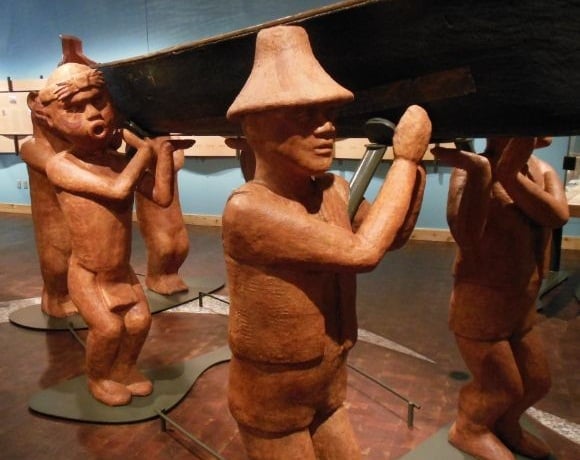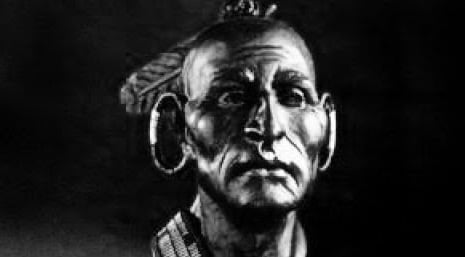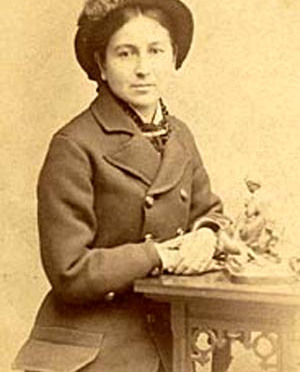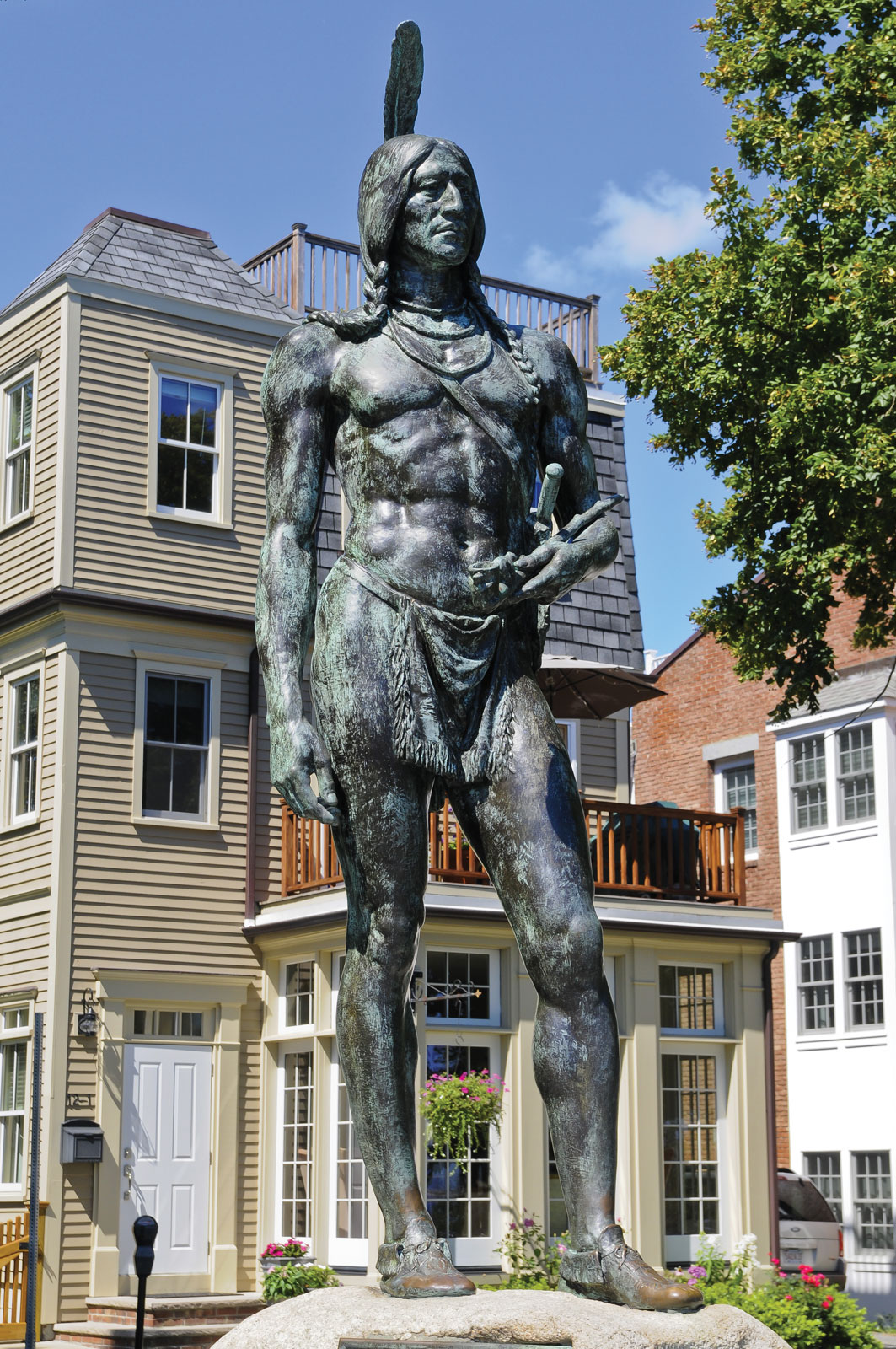Nakaidoklini, Apache Spiritual Leader
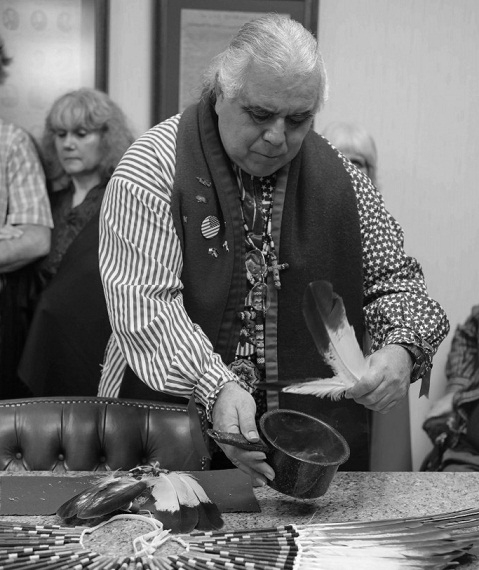
President Ulysses Grant established the San Carlos Indian Reservation in Arizona by Presidential Executive Order in 1872. The newly created reservation was a division of the White Mountain Apache Reservation and was intended for the Chiricahua Apache as well as other tribes. Under Grant’s Peace Policy, the Dutch Reformed Church was given charge of the reservation.
Americans generally have difficulty in distinguishing one Indian tribe from another. With regard to the Apaches, the U.S. government had difficulty understanding that there were many distinct Apache tribes. There are six major divisions of the Apache: the Western Apache, Chiricahua, Mescalero, Jicarilla, Lipan, and Kiowa-Apache. The Western Apache include five groups: Cibecue, San Carlos, White Mountain, Northern Tonto, and Southern Tonto. The traditional homelands of the Chiricahua Apache are south of the Western Apache in the mountains of southeastern Arizona.
In Arizona a new religious movement arose in 1881 when a White Mountain Apache medicine man called Nakaidoklini talked to the Apaches about a new religion in which dead warriors would return to help the people drive the Americans from their territory. He taught his followers a new dance in which the dancers were arranged like the spokes on a wheel, facing inward.
Nakaidoklini announced that he would bring back two chiefs from the dead if the people gave him enough horses and blankets. When the dead chiefs failed to materialize, Nakaidoklini announced that they had refused to return because of the Americans and that they would return when the Americans were gone.
The United States sent soldiers with orders to arrest Nakaidoklini or to kill him, or both, for his teachings. Nakaidoklini quietly submitted to arrest. On the return journey, the troops were followed by many Apache. As the Apache moved closer, their faces painted, the frightened officer in charge of the soldiers ordered the Apaches to move back and shooting broke out. The Apache scouts who had been with the army also began firing on the soldiers. The officer ordered Nakaidoklini killed and a soldier shot Nakaidoklini at point blank range.
Some of Nakaidoklini’s followers later attacked Fort Apache, but were driven back. Others sought refuge with the Chiricahua Apache on the San Carlos Reservation. Chiricahua leaders, including Geronimo, became alarmed with the arrival of additional troops. There were rumors that the soldiers intended to arrest the chiefs and place them in leg irons. Three Chiricahua bands left the San Carlos Reservation and headed to Mexico.
The “rebel” bands, with 74 men and 300 women, included the Nednhi led by Chief Juh and Geronimo; the Chokonen led by Naiche (the son of Cochise), Chato, and Chihuahua; and the Bedonkohe led by Bonito. The Apaches who remained on the reservation, including 250 Chiricahuas, generally opposed the breakout.
Three of the scouts who turned on the troops – Sergeant Dandy Jim, Sergeant Dead Shot, and Corporal Skippy – were court-martialed, found guilty of mutiny, and hanged. Several others were sent to Alcatraz.
The “rebel” Chiricahua bands then began a series of raids which resulted in a prolonged campaign by General George Crook to “pacify” the Apaches.
